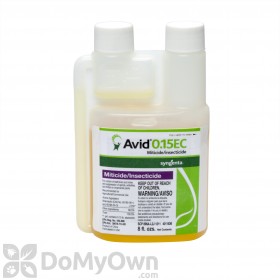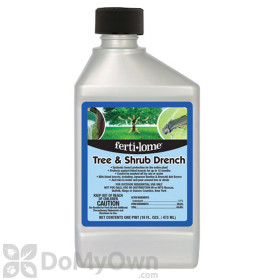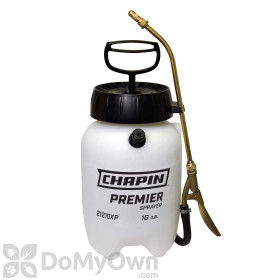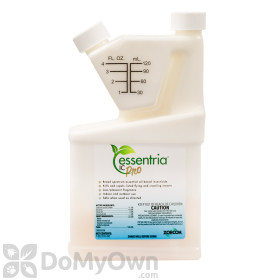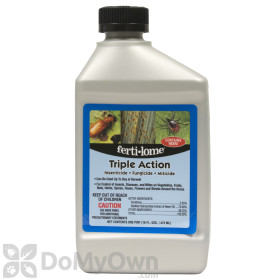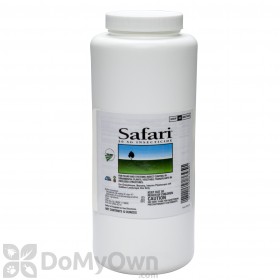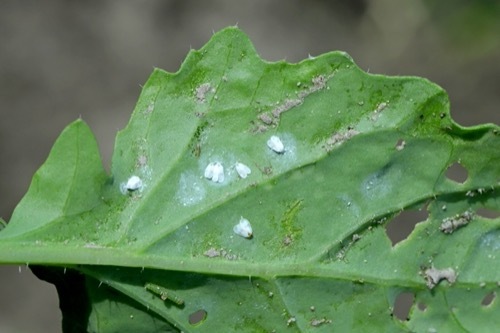
Whiteflies are tiny, soft-bodied insect pests that can spread rapidly in an area once an infestation occurs. The insects suck sap out of plants and leave behind "honeydew," a sticky, sugary secretion. This draining of plants' moisture weakens them and makes them more susceptible to mold and fungi.
A whitefly infestation can be controlled with the right products and practices. Read the rest of our guide below to learn about recommended whitefly treatment options. If you still need to confirm that you have whiteflies in your garden, read our guide on where whiteflies hide to find out.
Use Water for Quick Control
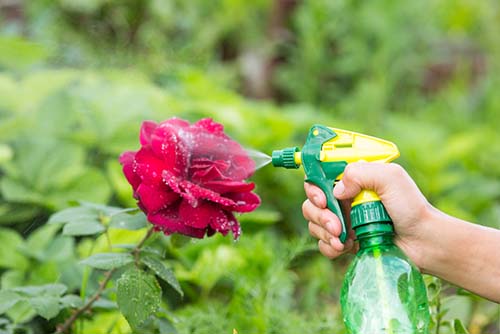
Get a quick start on knocking out a whitefly infestation--take a hose or sprayer full of water and spray down your plants. The spray will knock whiteflies off the plants. The water will also remove honeydew from the plant, reducing the chance of harmful mold formation.
Make a point to spray the undersides of leaves, too. Whiteflies love to hide there.
Spraying water is a temporary solution to quickly remove whiteflies from plants, but will not keep them off plants permanently. See steps 2-3 for other options.
Natural Predators

There are a number of insects and birds that eat whiteflies. By adding or attracting these beneficial creatures to your property you can help to control your whitefly problems in an effortless, natural way.
Both ladybugs and lacewings are natural predators to whiteflies that will not harm plants or vegetation. Adding ladybugs and lacewings to your garden or greenhouse will help to organically control the whitefly population.
Plan to release ladybugs and lacewings at night as they will naturally begin to search for food then, targeting the whiteflies sooner.
If you use insecticides in addition to natural predators, be sure the insecticides are not labeled to harm these beneficial insects.
Spray Insecticide
Which Kind of Insecticide is Best for Whiteflies?

Spraying plants with one of our recommended insecticides or insecticidal soaps labeled for whiteflies is the most effective way to get rid of whiteflies.
Read the label of your selected product. If you need to mix the product with water, do so in a hand pump sprayer using the mixing rate on the label.
While spraying the affected plants, be sure to cover all the leaves (including their undersides) and all parts of the stems or branches.
If you are spraying edibles, like fruits or vegetables, use insecticide soaps and neem oils on your plants. Read the label of the product for how long your must wait after applying to harvest and safely eat from these plants.
Pro Tip
When applying horticultural oil and insecticidal soap products, take care to avoid use during very hot weather (above 85 degrees F) as these products can cause leaf burn under bright sunlight.
When treating whiteflies on non-edible plants, applying a foliar insecticide labeled for whiteflies, such as Talstar P, is a great first strike against these pests. This method will control most of the whiteflies present on the treated plants at that time.
After the foliar spray treatment is complete, you can also apply a systemic insecticide like Ferti-lome Tree and Shrub Systemic Insect Drench. The systemic insecticide has a long-lasting residual effect to keep whiteflies from returning but can take a few weeks to fully spread throughout the plants. The foliar insecticide will begin to control the whiteflies while the systemic is spreading throughout the plant. Some systemic insecticides are applied by drenching the soil while others are sprayed directly onto the plant. Read the product label of your selected product for application instructions.
Pro Tip
It's best to avoid treating plants that are in bloom to reduce the risk to pollinators. If you need to use a foliar spray treatment near flowering plants, apply it in the morning or evening hours when pollinators are not active.
For more helpful tips about whitefly treatments for your houseplants, check out our video below.
Inspect your plants often for the presence of whiteflies and reapply as needed. Read the product label for how often you can safely reapply.
Products needed for Step 3
Help defend your lawn and garden against the arrival of new whiteflies by reading our Whiteflies Prevention Guide. Click the right arrow below to learn more.






